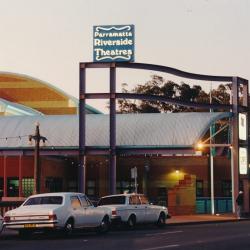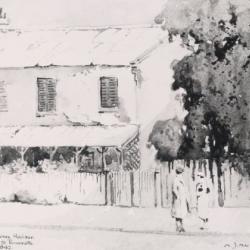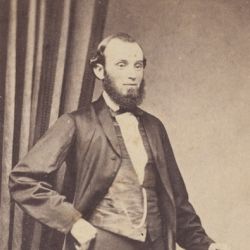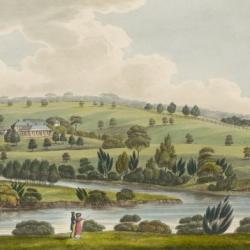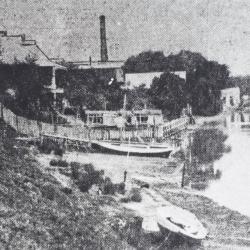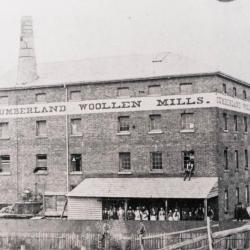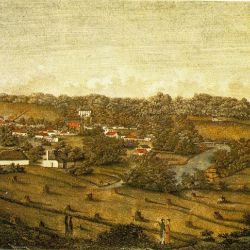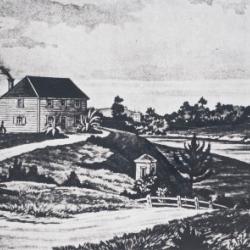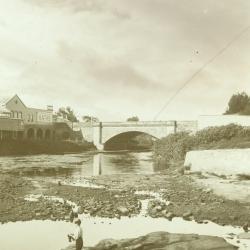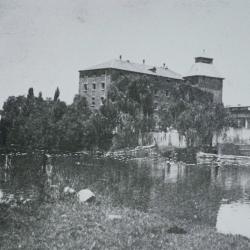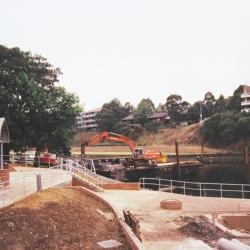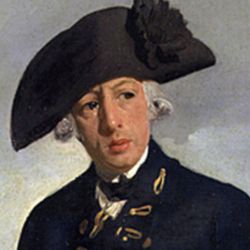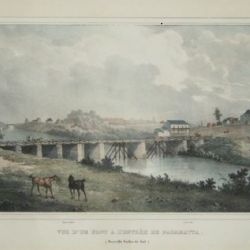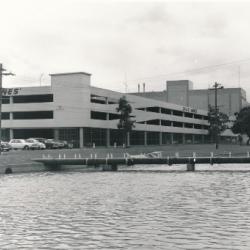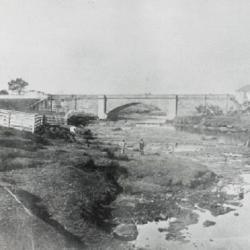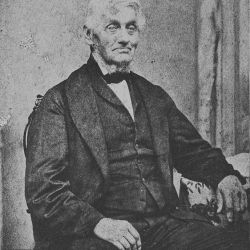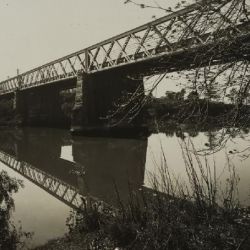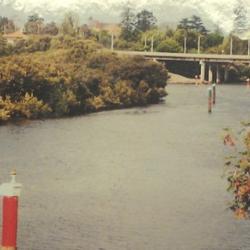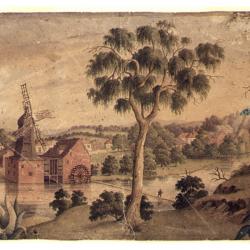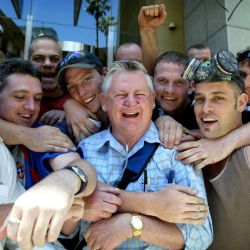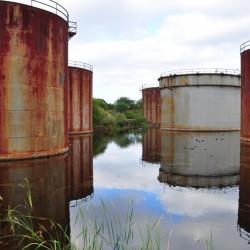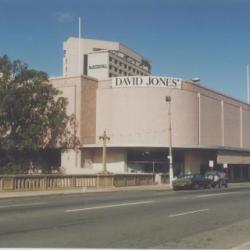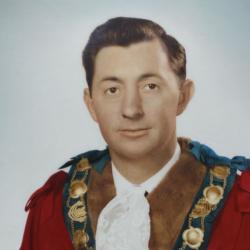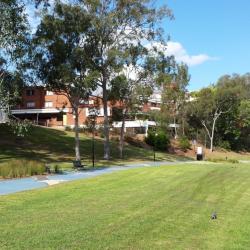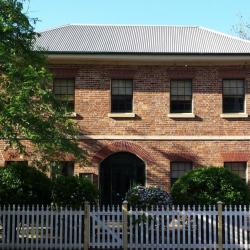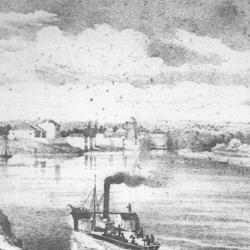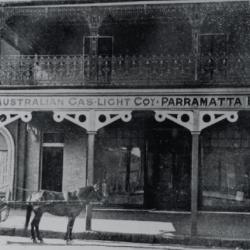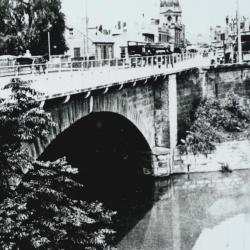This historic precinct of Parramatta includes the section of the river from the Gasworks Bridge to the Marsden Street. It was once the heart of the township where industry, commerce and agriculture all met for trade and exchange. Prior to European arrival in 1788 it was the tidal meeting place of fresh and salt water, and the Darug meeting place which gave Parramatta its name, the place ‘where eels lie down’.
This stretch of river foreshore, particularly the southern bank, was arguably the most significant piece of land during the early European settlement of the area. It was here that Governor Phillip landed his boats on 2 November 1788, six months after first discovering the site, and it was from here that they set about building Australia’s second European settlement.
Between 1788 and 1840 this section of river was also of great importance for the feeding of the Sydney region. Australia’s agricultural and farming industries were born in the Parramatta district and the services to support them sprang up along these riverbanks.
Before this the foreshore was of immense significance to the local Darug People as it was the meeting place of the salt water from Sydney Harbour and the fresh water from the Parramatta River. The tides and extremes in climate meant that this section of river could range from being virtually empty of water to a raging torrent.
This changeability was also the source of the local Burramatta name ‘Parramatta’ meaning ‘where eels lie down’ This phrase referred to the period when the eels travelled up the river to spawn and many were caught in the open at low tide.
In the maps and blog posts below you can see how early the early township of Parramatta developed along the foreshore. All this started to change around 1860 with the opening of the railroad line which ran from Sydney to Parramatta. This saw the movement of goods and services to the southern side of Parramatta and the movement of the center of the city towards Centenary Square.
Our River Foreshore articles are compiled into a publication - access this here



